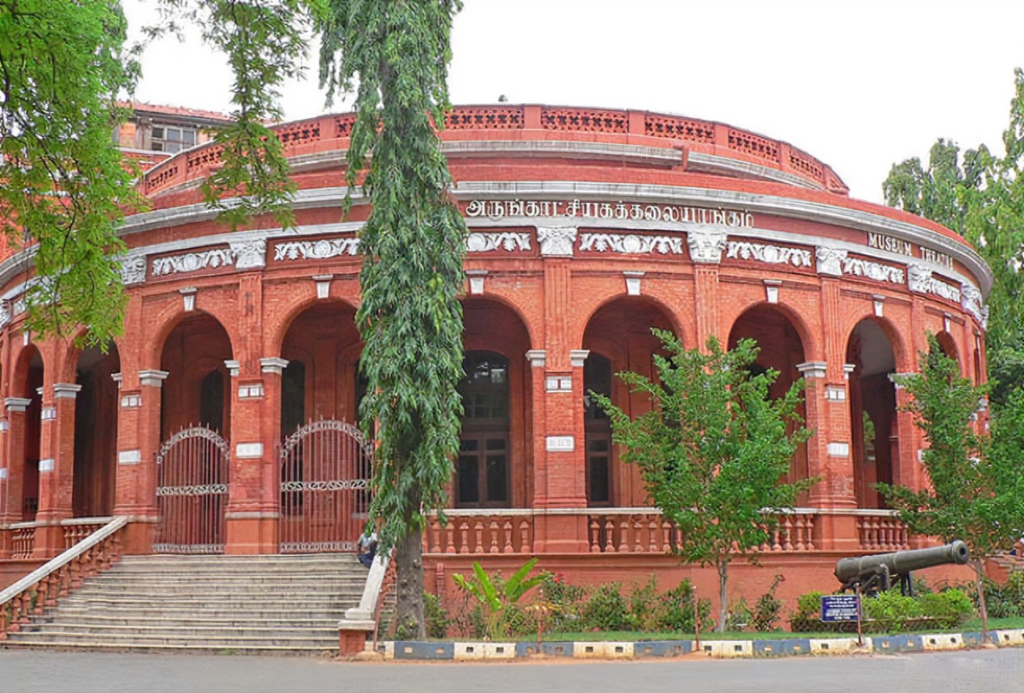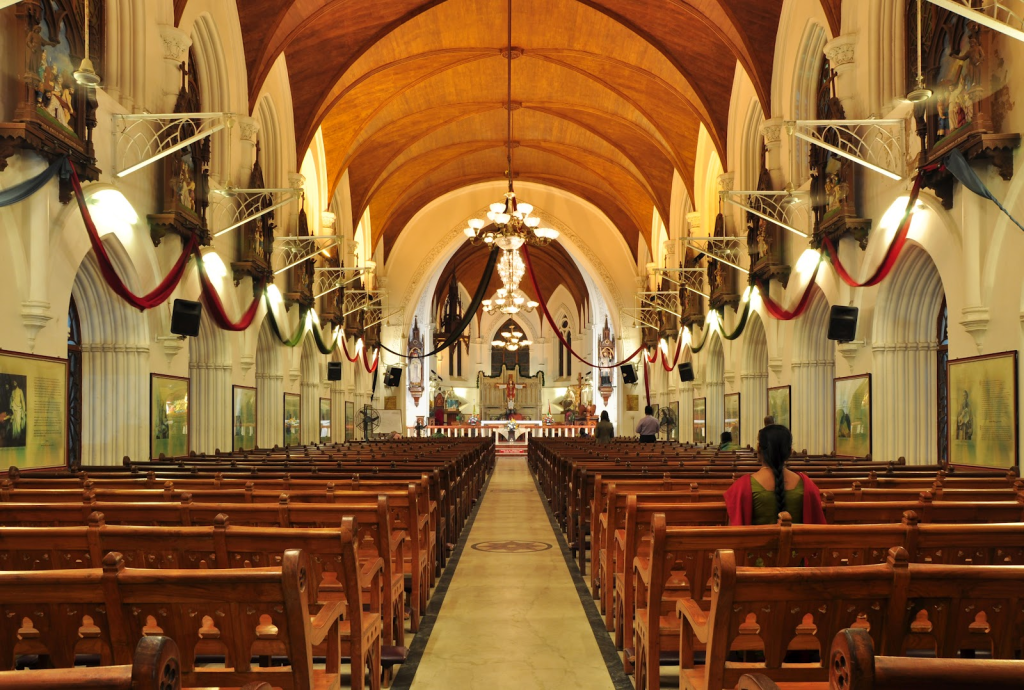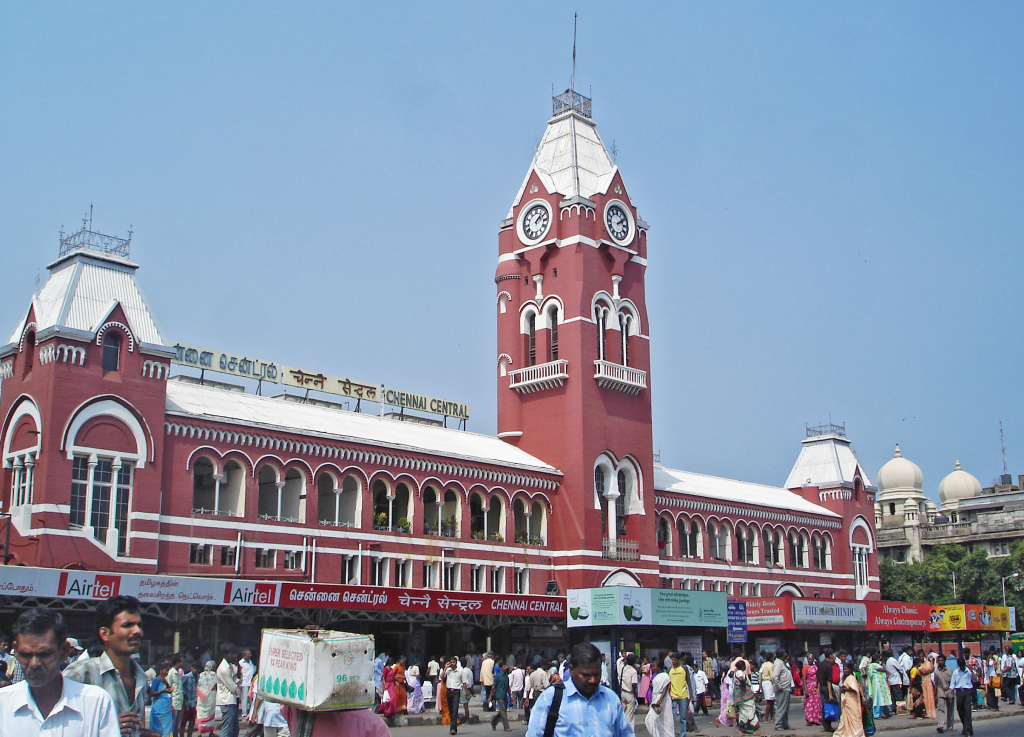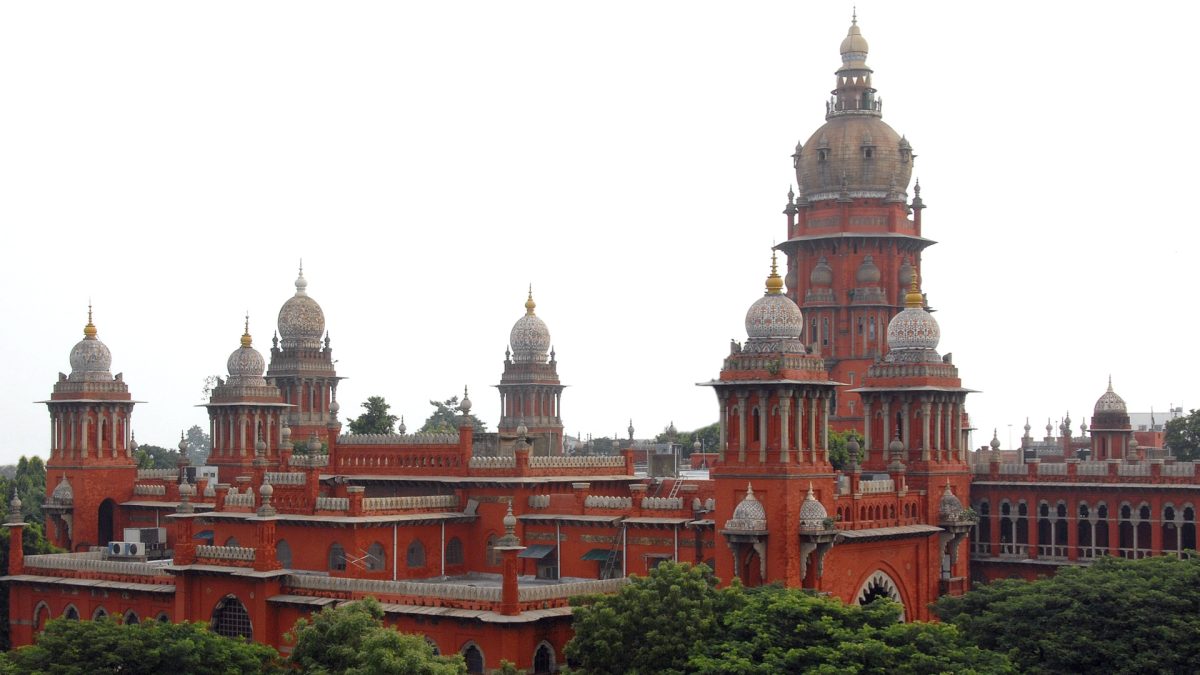Introduction:
Chennai, the vibrant capital city of Tamil Nadu, India, is renowned for its rich history, cultural heritage, and architectural marvels. Among its many architectural treasures, the influence of British colonial rule is prominently visible in the cityscape. British colonial architecture in Chennai stands as a testament to the grandeur of an era that left an indelible mark on the city’s landscape and cultural fabric. Let us embark on a journey to explore the magnificent buildings that reflect the architectural splendor of the British Raj.
Fort St. George:
Our journey begins with the iconic Fort St. George, the nucleus of British presence in Chennai. Built in 1644, this formidable structure is the first English fortress in India and currently houses the Tamil Nadu Legislative Assembly and Secretariat. The neoclassical style of architecture, with its sturdy walls and imposing gateways, transports visitors to an era of colonial power. The Fort Museum within its premises showcases an impressive collection of artifacts, colonial memorabilia, and historical records.

Government Museum:
The Government Museum, established in 1851, is another architectural gem that bears the imprint of British colonial architecture. This sprawling structure, adorned with Corinthian columns and a majestic central dome, was designed by the renowned architect Henry Irwin. It houses a diverse collection of art, archaeology, numismatics, and anthropology, providing visitors with a glimpse into India’s rich cultural heritage.


Santhome Basilica:
A blend of neo-Gothic and Romanesque architectural styles, the Santhome Basilica is a magnificent religious structure in Chennai. It stands on the site where St. Thomas, one of the twelve apostles of Jesus Christ, is believed to have been buried. The church, constructed during the 19th century, features stained glass windows, intricate spires, and arches, all reminiscent of the grandeur of British colonial architecture.

Senate House:
The Senate House, located on the University of Madras campus, is a striking example of the Indo-Saracenic architectural style. Designed by Robert Chisholm, this iconic structure combines elements of Indian, Islamic, and Gothic styles. Its impressive façade, intricate woodwork, and stained glass windows make it a visual delight. The Senate House serves as an administrative building for the University and is a cherished symbol of Chennai’s academic heritage.

Ripon Building:
Named after Lord Ripon, the British Governor-General of India, the Ripon Building is a majestic landmark that showcases Indo-Saracenic architecture. Completed in 1913, it houses the Chennai Corporation’s administrative offices. The building’s impressive arches, ornate carvings, and majestic domes reflect the architectural prowess of the colonial era. The central tower, with its clock and spire, is a prominent feature of the Chennai skyline.

Madras High Court
The Madras High Court stands as a monumental testament to the opulence of British Colonial architecture in Chennai. Constructed in 1892, this imposing structure marries Gothic Revival with Indo-Saracenic traditions, a hybrid that was distinctly favored during the British Raj to symbolize power and permanence. Its red facade, punctuated by towering spires, domes, and stained glass windows, not only serves as a backdrop for the legal proceedings within but also narrates the city’s rich colonial past.

The court’s intricate design and engineering marvels make it one of the largest judicial buildings in the world, symbolizing the judicial authority of the time while offering a glimpse into the architectural ingenuity and cultural amalgamation of colonial India.
The Madras High Court’s sprawling campus, adorned with lush gardens and statues of legal luminaries, further accentuates its historical significance and architectural beauty. This architectural masterpiece not only functions as a cornerstone of justice but also stands as a living museum, attracting historians, architects, and tourists alike, eager to explore its corridors that echo with the tales of Chennai’s storied imperial past. With every column and cornice telling a story, the Madras High Court remains a vivid relic of colonial legacy, showcasing the blend of artistic and functional aspirations that characterized British colonial endeavors in India.
Chennai Central Station
Chennai Central Station is a grand emblem of British colonial architecture, serving as a gateway to the cultural and historical heart of the city. Inaugurated in 1873, this architectural marvel showcases a blend of Gothic Revival and Romanesque styles, characterized by its high vaulted roofs, intricate detailing, and the iconic clock tower that stands as a timeless sentinel over the bustling city. The station’s robust red brick facade and towering spires not only highlight the engineering prowess of the colonial era but also echo the aspirations and imperial grandeur of the British Empire in India. As a functioning testament to Chennai’s imperial past, the Central Station remains a focal point of the city’s landscape, bridging its rich history with the dynamic present.

Conclusion:
The British colonial period in Chennai left an indelible imprint on the city’s architectural landscape. The grandeur of the buildings constructed during this era stands as a living testament to the city’s historical and cultural significance. From the imposing Fort St. George to the elegant Senate House, each architectural marvel showcases a fusion of styles, reflecting the cross-cultural exchange that occurred during British colonial rule. Exploring these magnificent structures not only provides a glimpse into Chennai’s history but also offers a visual treat for architecture enthusiasts. The preservation and appreciation of these architectural treasures play a crucial role in keeping alive the memory of an era that shaped the city we see today.
